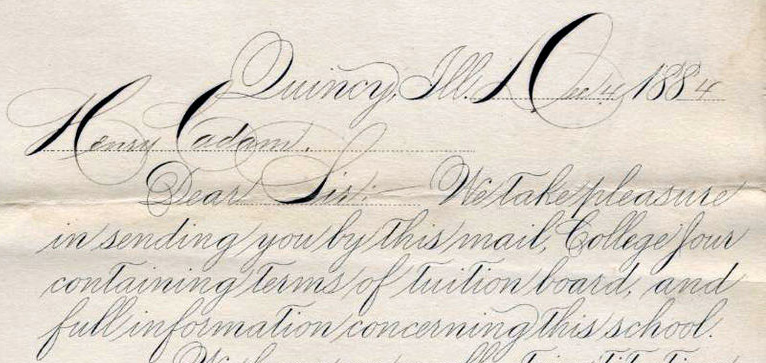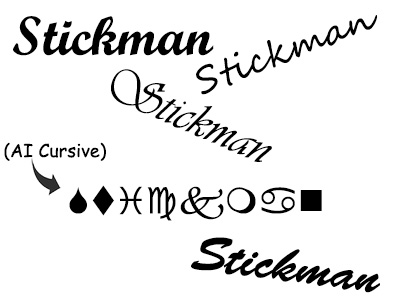
Recently, my fourteen-year-old son found a diary from 1955. The author was a male factory worker, husband, and brand-new father of his first baby, a son. I read a couple of pages and was fascinated. I couldn’t wait to read more, but my son abandoned the diary on the dining room table.
Part of this was a simple lack of interest in the inner workings of a 1950s guy. But another part was that reading cursive is not easy for him. He did “learn” cursive, but I am not sure how thorough the teaching was, and practicing and using it were not required after the initial lessons, as far as I can tell. So for him, reading cursive requires extra focus.
Get a free sample proofread and edit for your document.
Two professional proofreaders will proofread and edit your document.
In this digital age, we rely on typing to communicate. We here at ProofreadingPal can edit pretty much anything, but not if it’s handwritten. With cursive and penmanship optional these days, many kids say, “No, thanks,” being OK with, put kindly, varying penmanship when computers are not an option.
There’s a running debate in education about the value of teaching cursive with strong arguments on both sides, but the bottom line is that in 2010 cursive was eliminated from the US Common Core, a set of standards that has so far been adopted by forty-one states and some assorted territories..
The most common argument against learning cursive is asking, “What’s the point?” We use computers and other digital devices for practically everything (like right now: me, typing this). Taking a lot of time to teach kids not just upper- and lowercase print characters but cursive as well and then dedicating the time needed to practice the skills to the point of efficiency may seem like wasted time to many.
But what about some of the arguments for learning cursive?

One more argument for cursive is that writing in cursive is supposedly faster, once you get the hang of it. I am not sure how important this is, but in any case learning cursive gives you more practice with handwriting and options for letter formation, leading you to be more likely to find your fastest, best style of handwriting, leading you to use handwriting more, leading you to the benefits above.

The advent of certain new technologies (some biggies: fire, iron, and printing press) has had huge, overarching impacts on civilization. Digital technology is the most recent such huge category of innovation, and the non-use of cursive and handwriting are just a couple of drops in the bucket of change triggered by it. In a future post, I’ll look at a few more of these changes including effects on research and learning in general.
Now, if only I could convince my son and daughter to write notes and other assignments by hand.
Sarah P.
Get a free sample proofread and edit for your document.
Two professional proofreaders will proofread and edit your document.
Get a free sample proofread and edit for your document.
Two professional proofreaders will proofread and edit your document.
We will get your free sample back in three to six hours!